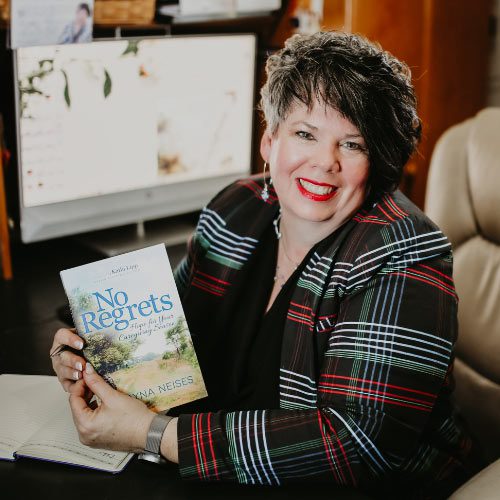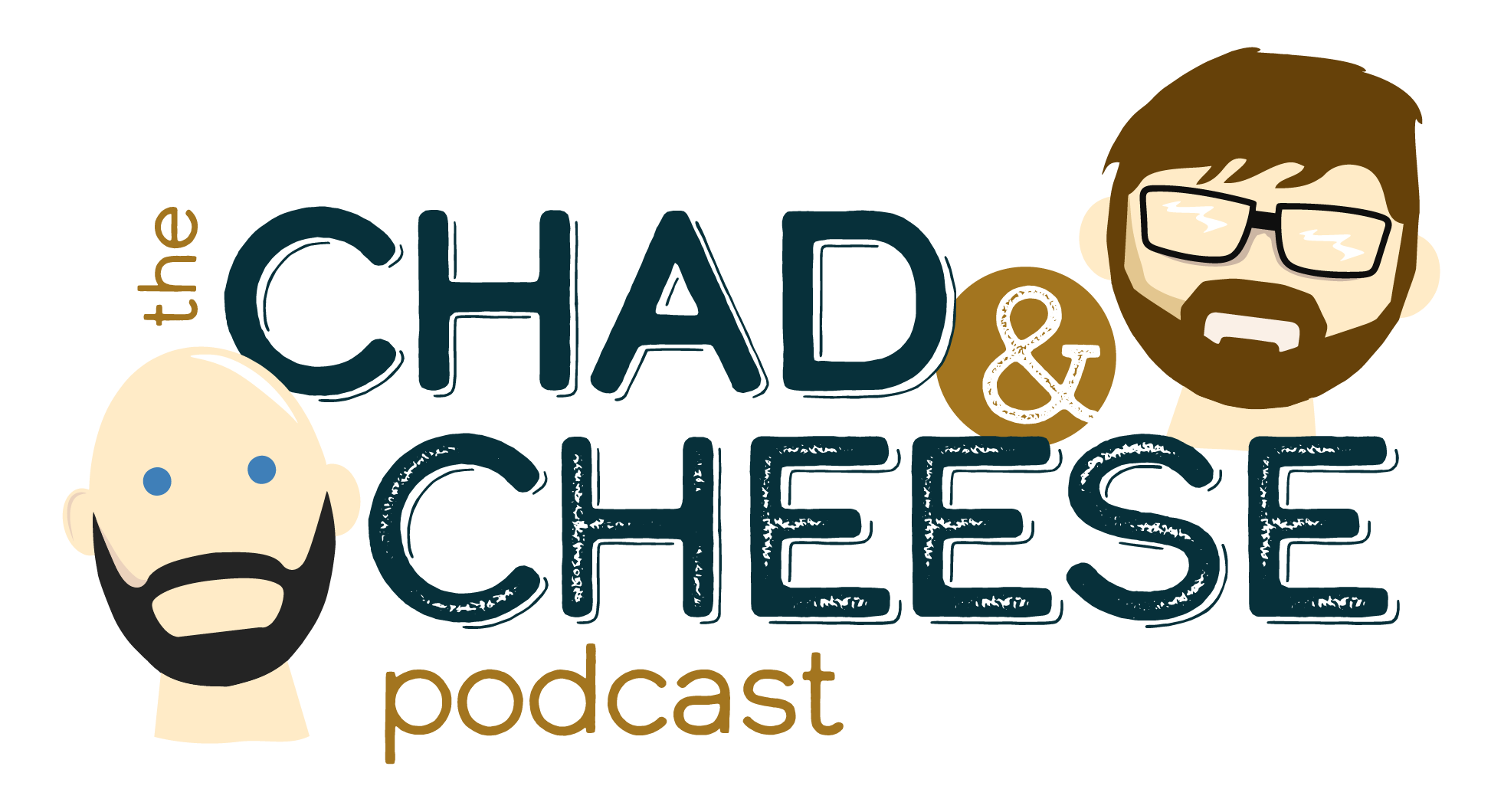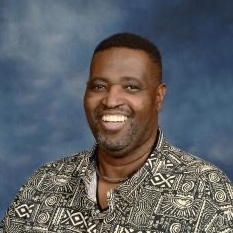We are Analog Refugees in a Digital World
Photo by Hansjörg Keller on Unsplash
Mrs. S., who is 95, needs to reach her ophthalmologist and can’t locate his telephone number, so she picks up her phone and calls Directory Assistance. However, Directory Assistance doesn’t work as it used to. Instead of a person, Mrs. S. tries to explain her request to a computer with a voice. Mrs. S. is a bit Technology-shy and has limited experience talking to computers. Directory Assistance leads Mrs. S. over the river, through the trees and around the mulberry bush, but doesn’t connect her with her doctor.
Mr. D., who is 72, sets off alarms whenever he uses the grocery store’s automated checkout. The checkout is very specific about where to put grocery items and when to put them there. Mr. D. hasn’t figured out the where and the when yet. Whenever he puts an item in the wrong place, the machine freezes and an electronic voice says, “Please wait. Help is on the way.”
Mr. A., who considers himself an experienced computer user, retrieves a package from his porch and realizes it is an ink cartridge for his printer. “That’s odd,” he thinks. “I didn’t order this.” No, he didn’t. His printer did.
Folks, let’s face it. We are analog refugees, stranded in a digital universe. We were born into a world where telephones had dials, receptionists were sentient beings, and news traveled fastest on AM radio. While we were going about our lives, phones got a lot smarter and we fell farther behind. We may love tech, we may even use tech, but we haven’t mastered tech. For that, we need help from our children, our grandchildren, or anyone else under age 14 – the so-called “digital natives” who have grown up with iPhones in their strollers and an intuitive understanding of how to operate multiple TV remotes.
We’re doing our best to stay abreast. A 2020 Pew Research study found that more than 75% of adults between 65 and 75 use the internet, more than 60% have home broadband services, and between 50-60% own a smartphone. On the other hand, a 2017 Pew study found that three-quarters of adults 65 and older need someone else’s help to help set up our electrical devices.
Given that we expect to live in the world as it is for several more decades, it pays for us to be more adept users of digital technology. There are two ways to accomplish this.
What We Can Do
One is for us to keep learning about digital devices as they continue to evolve. Fortunately, there are numerous (tech-enabled) opportunities to build our comfort and expertise with the latest in bright, shiny gadgets.
Cyber-Seniors provides free tech support and training classes for older adults, “powered by tech-savvy student volunteers,” on a broad array of tech topics. Courses instruct users on everything from setting up and managing email and using individual apps to making your passwords “hack proof.” They also offer scheduled call-in hours to ask questions of tech support, as well as the option to schedule a 45-minute one-on-one tech call.
AARP’s Senior Planet offers free, live online classes on computers and technology, as well as Finance, wellness, fitness, and more. Recent offerings include maintaining privacy on Instagram, video chat programs, and online shopping. They also offer help for users unfamiliar with Zoom.
Candoo Tech is an alternative for those needing ongoing tech support. Membership starts at $19 per month. Its “tech concierges” provide remote tech support and training designed “to help older adults feel more comfortable with phones, computers, tablets, and more.”
And then there is YouTube. Whatever problem you’re having, there’s probably a YouTube video on how to fix it. Type “how to use iphone8” in the search field, for example, and up pop seven short videos – as well as links to the printed Apple user support guide.
What Tech Should Do
So that’s what we can do. But it’s not all on us – or it shouldn’t be. It’s time the masters of the tech universe stepped up and did a better job of making their devices easier for analog natives to use.
Tech designers, who tend to be young, expect users to be people like them. Tech marketers pitch their advertising to the young who appreciate tech and have the Money and motivation to buy the latest and greatest gizmos.
Ignoring us, however, is missing a huge opportunity. We of the baby boom generation hold 54% of U.S. household wealth. Adults over 60 are the fastest growing demographic group. We could be a sizeable market for tech products – especially if product designers seriously considered our perspectives and tried harder to make their products easier for us to use.
A great start would be including older adults in the room when testing usability design. If Baby Boomers were in the room, designers would know that we would benefit from:
More color contrast on screens (as our vision tends to play tricks on us)
Larger buttons (again, for our eyes)
Larger text (same as above)
Labels on all icons (as we may not be fluent in contemporary iconography)
Simple, easy to perform gestures that do not require two or more fingers (as our agility may have degraded a bit)
Apps that do useful things (as we’re less impressed with cool effects and games)
Processes that are simple, logical, and easy to follow in sequence (as it’s unnatural for us to punch random buttons to see what happens)
Tech support staffed by English-speaking humans and accessible by telephone
With a little more effort on our part, and a little more effort on tech’s part, we analog refugees would find the digital world less frightening and less intimidating.
What’s Your Joywork?
Have you found a project or a new venture in Retirement that satisfies your needs? I’d love to hear more about it! Contact me at don@donakchin.com.


























